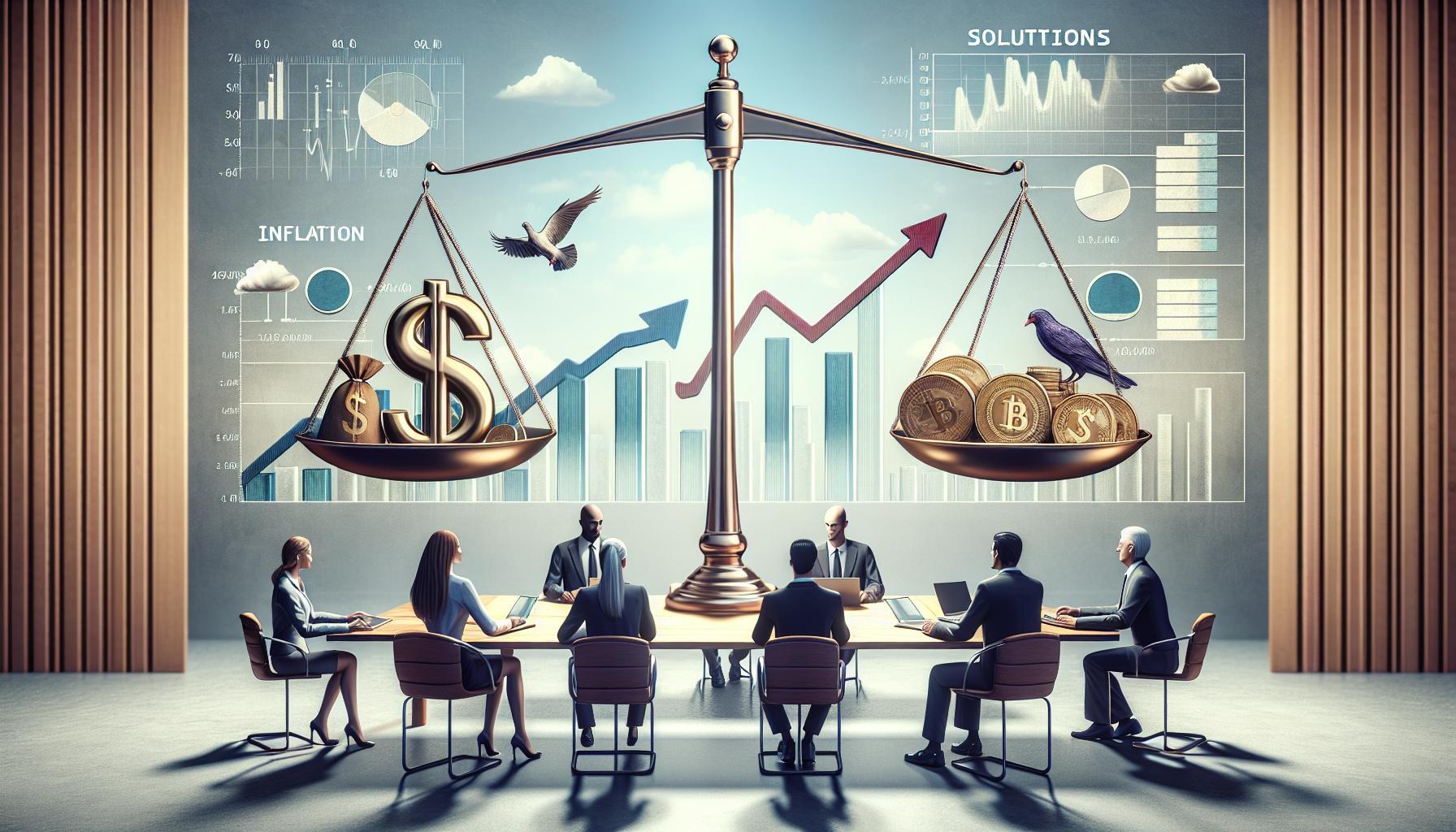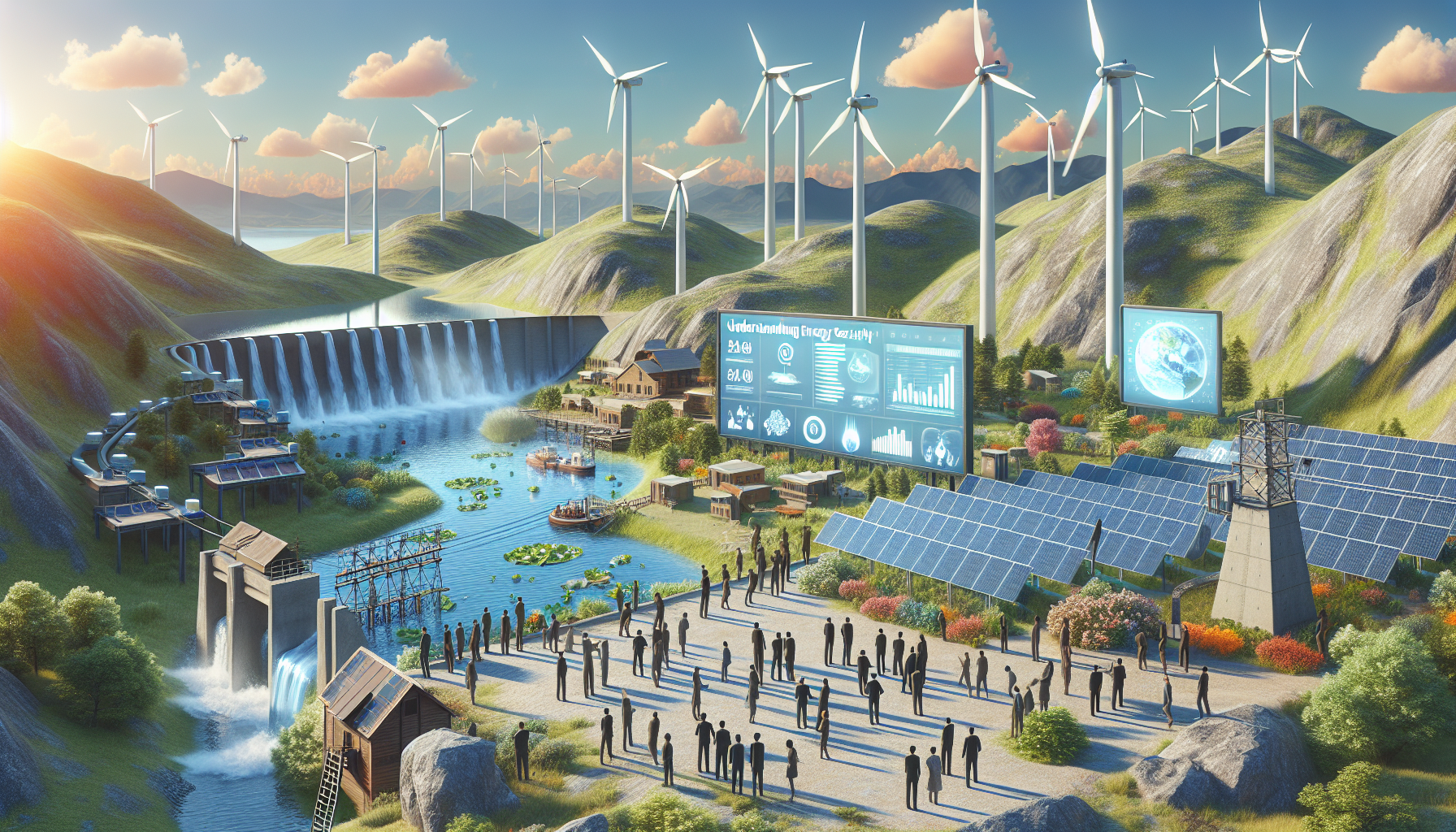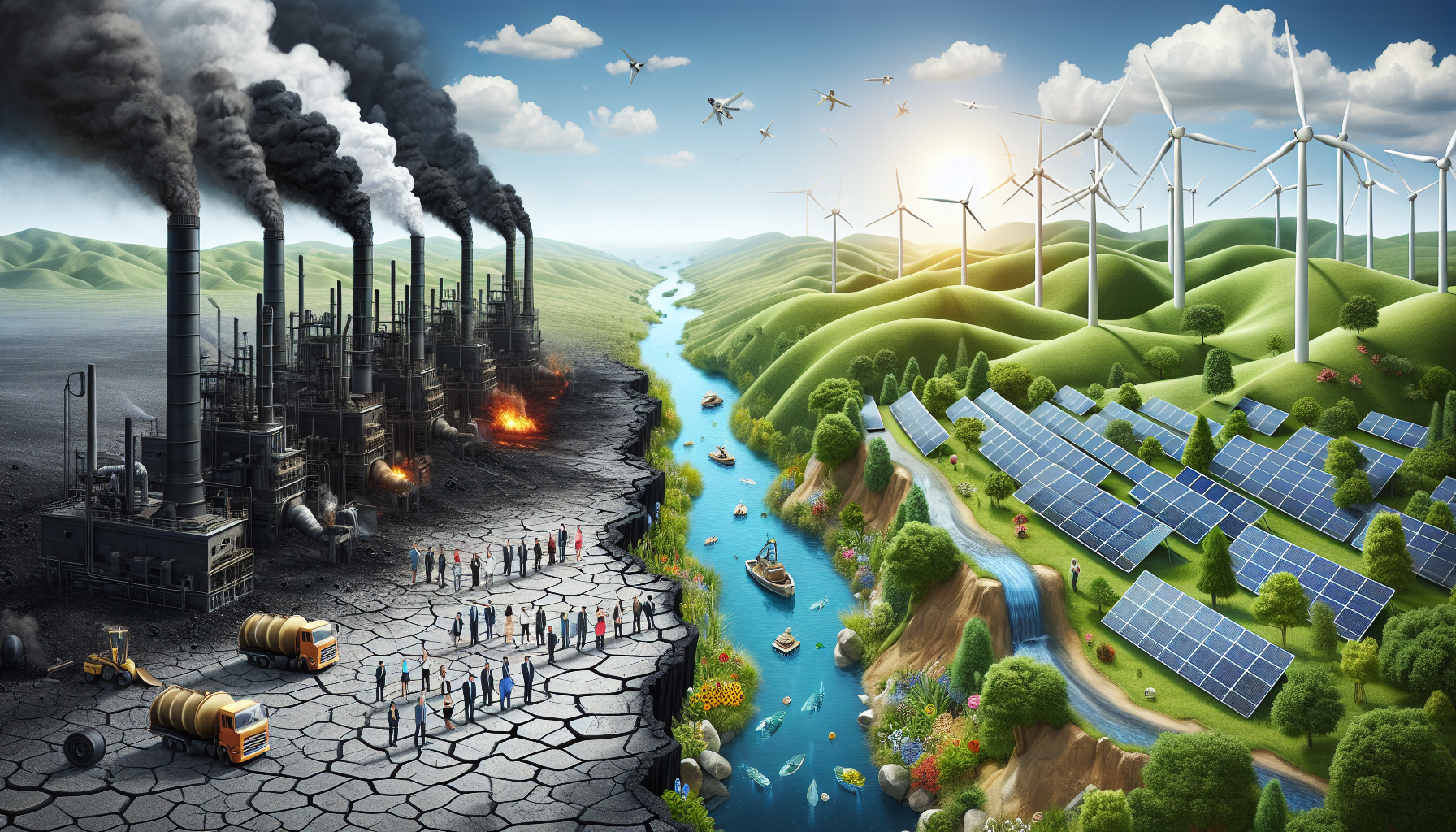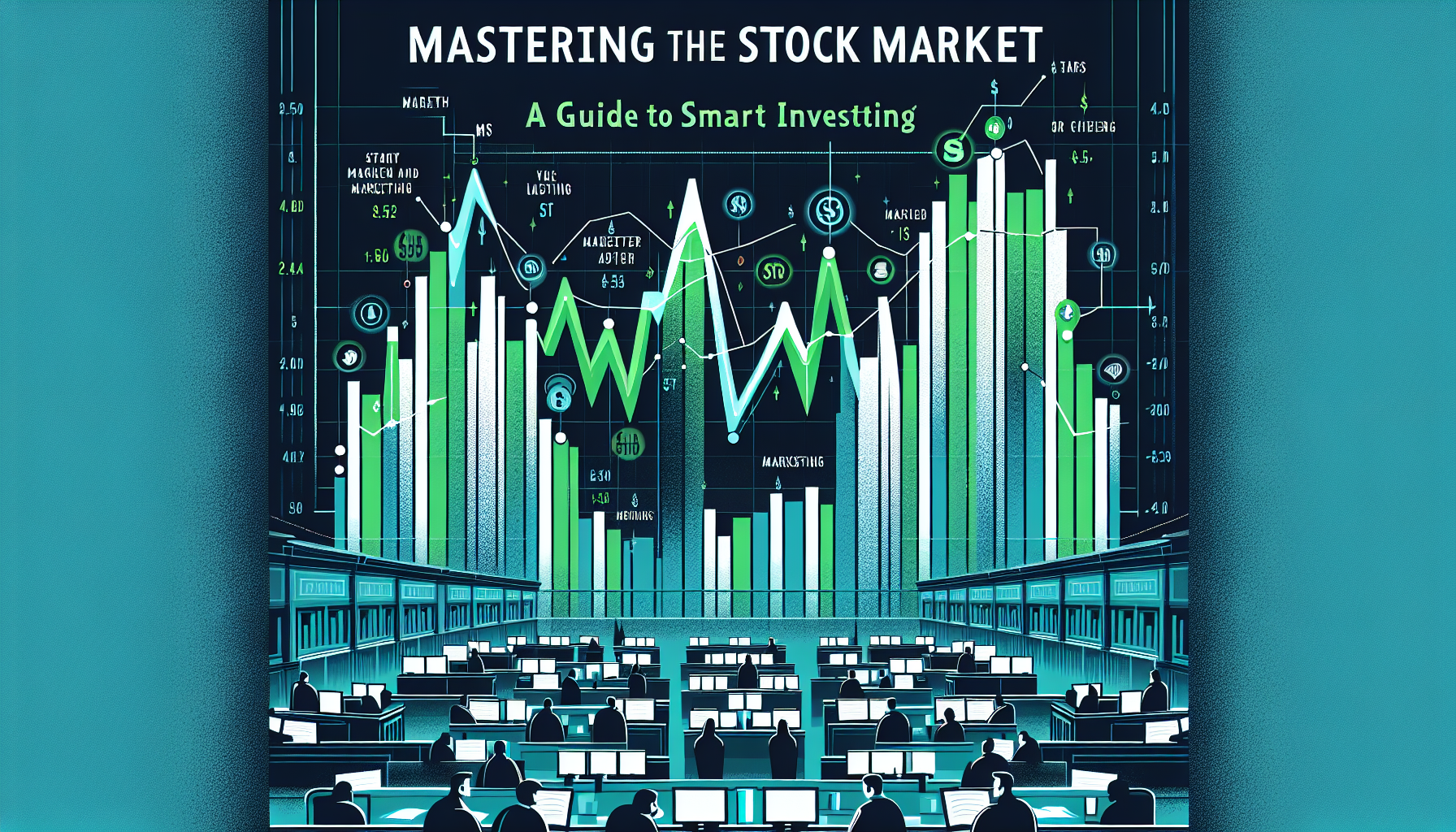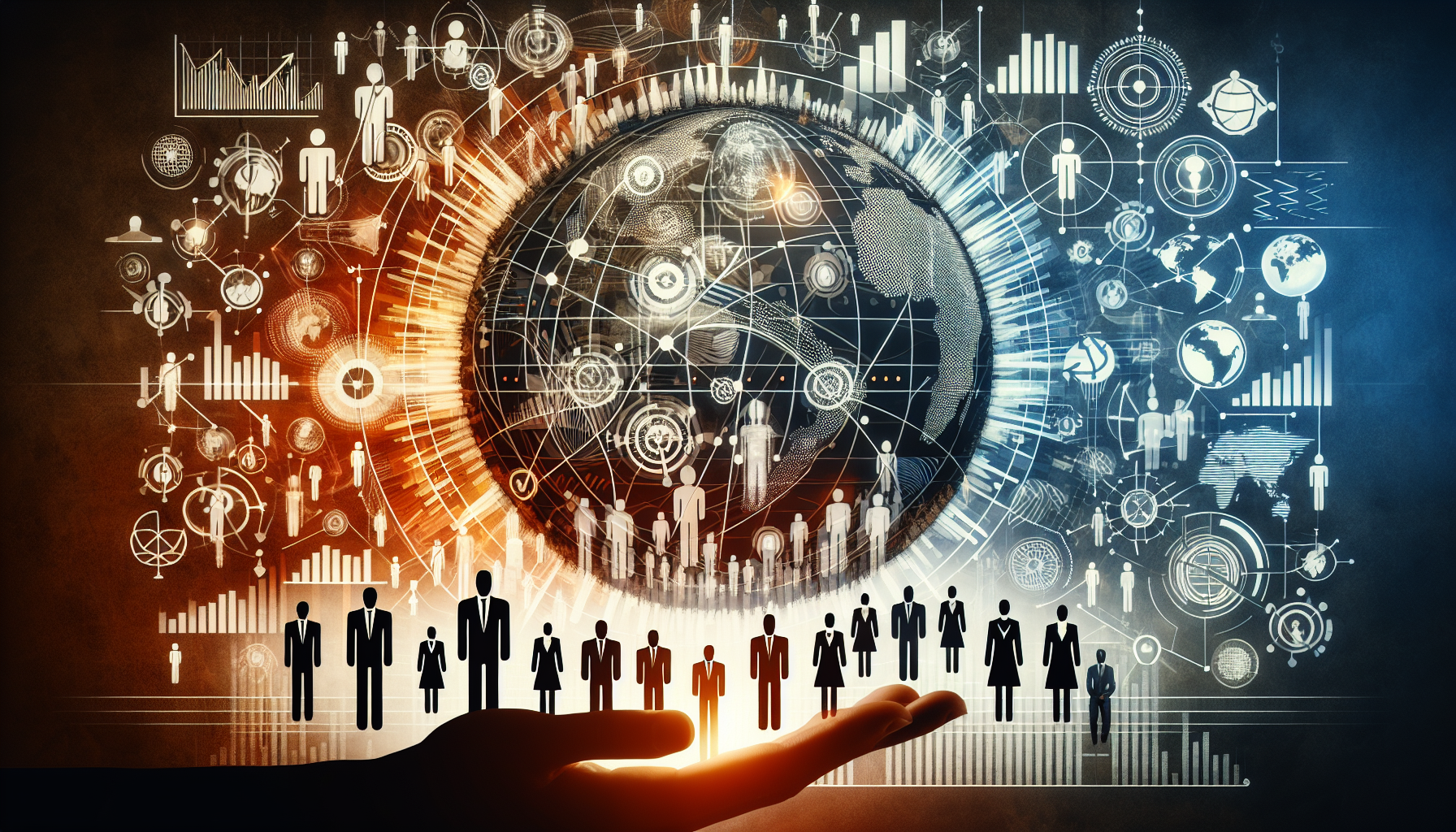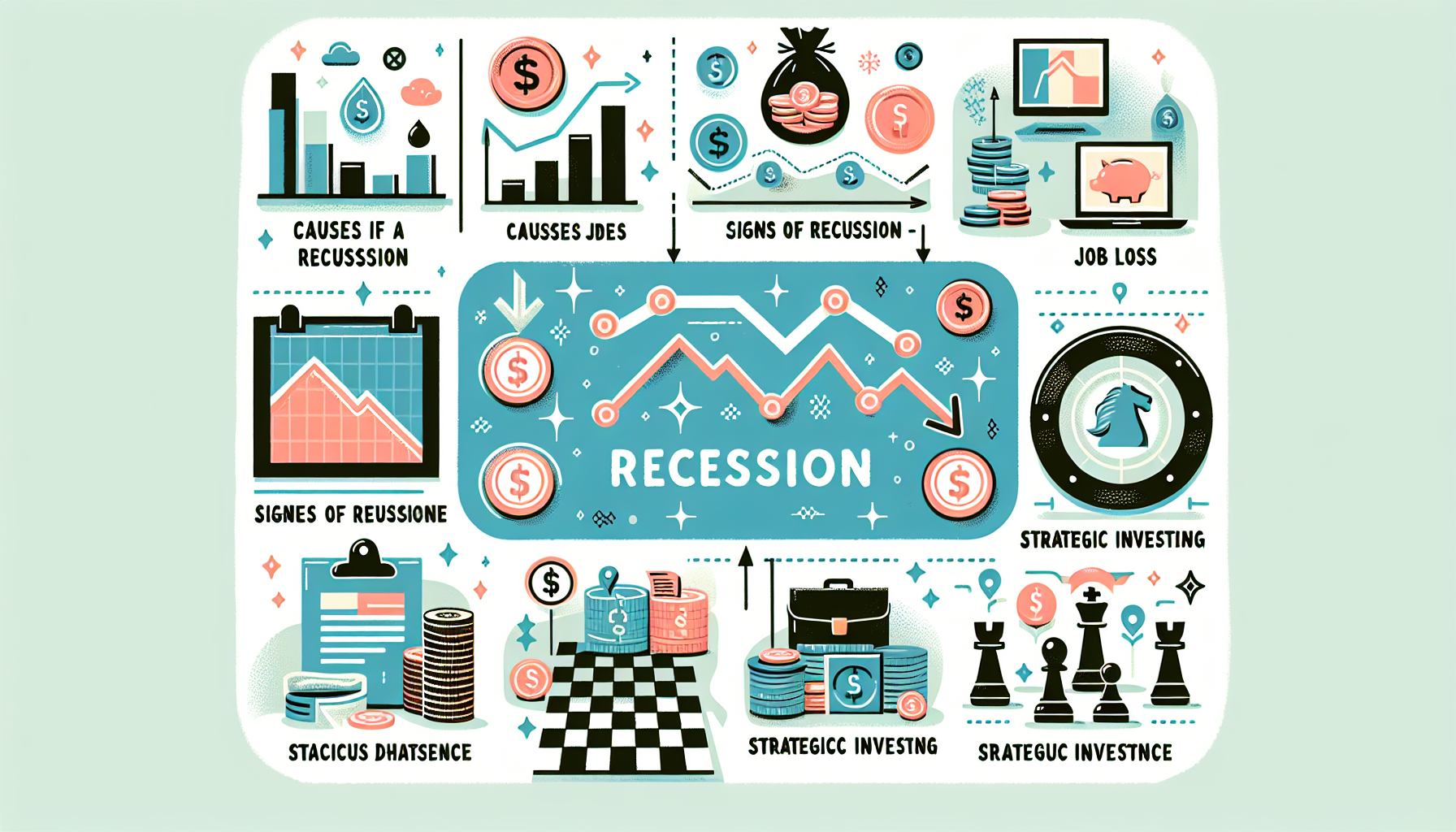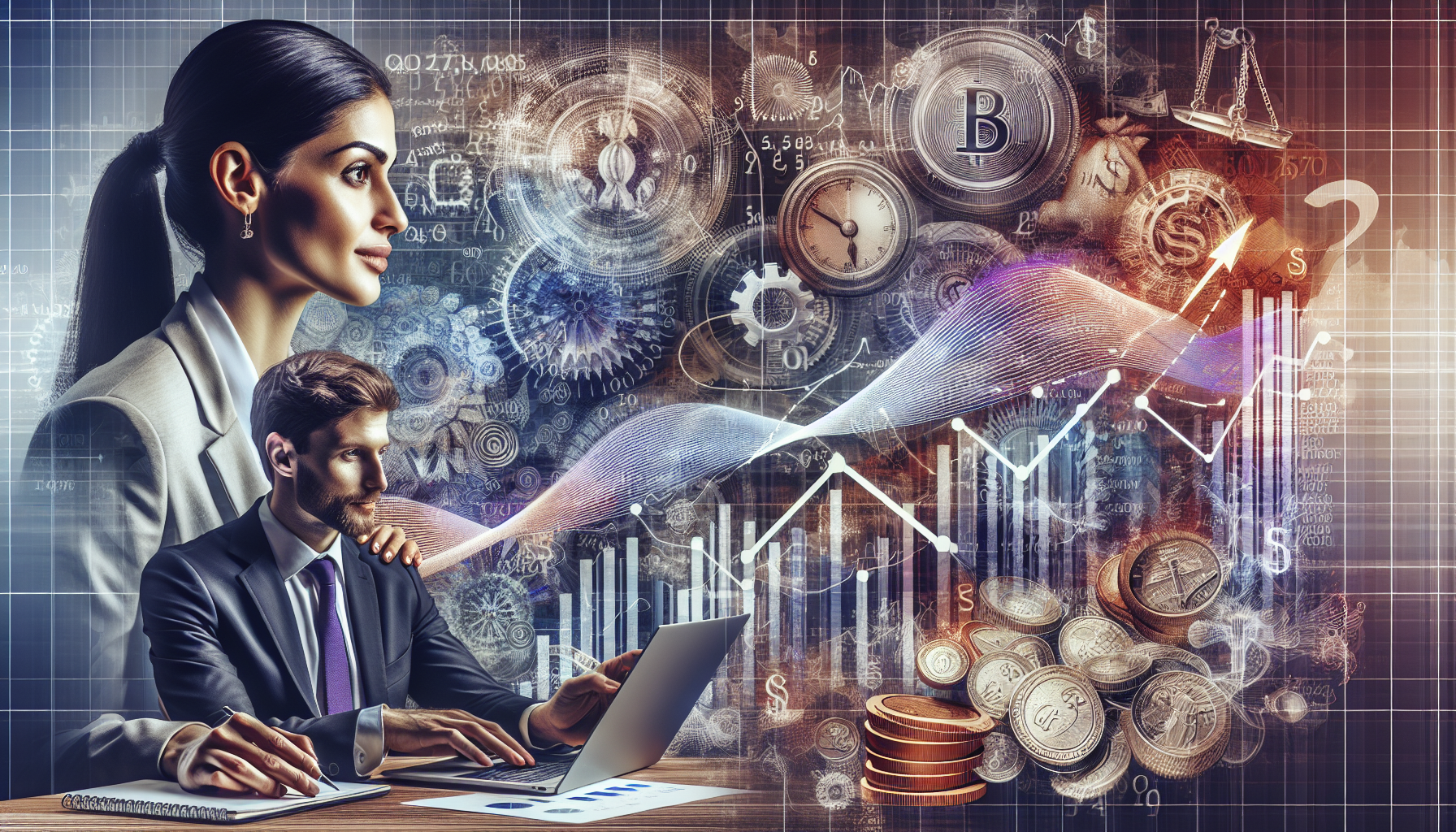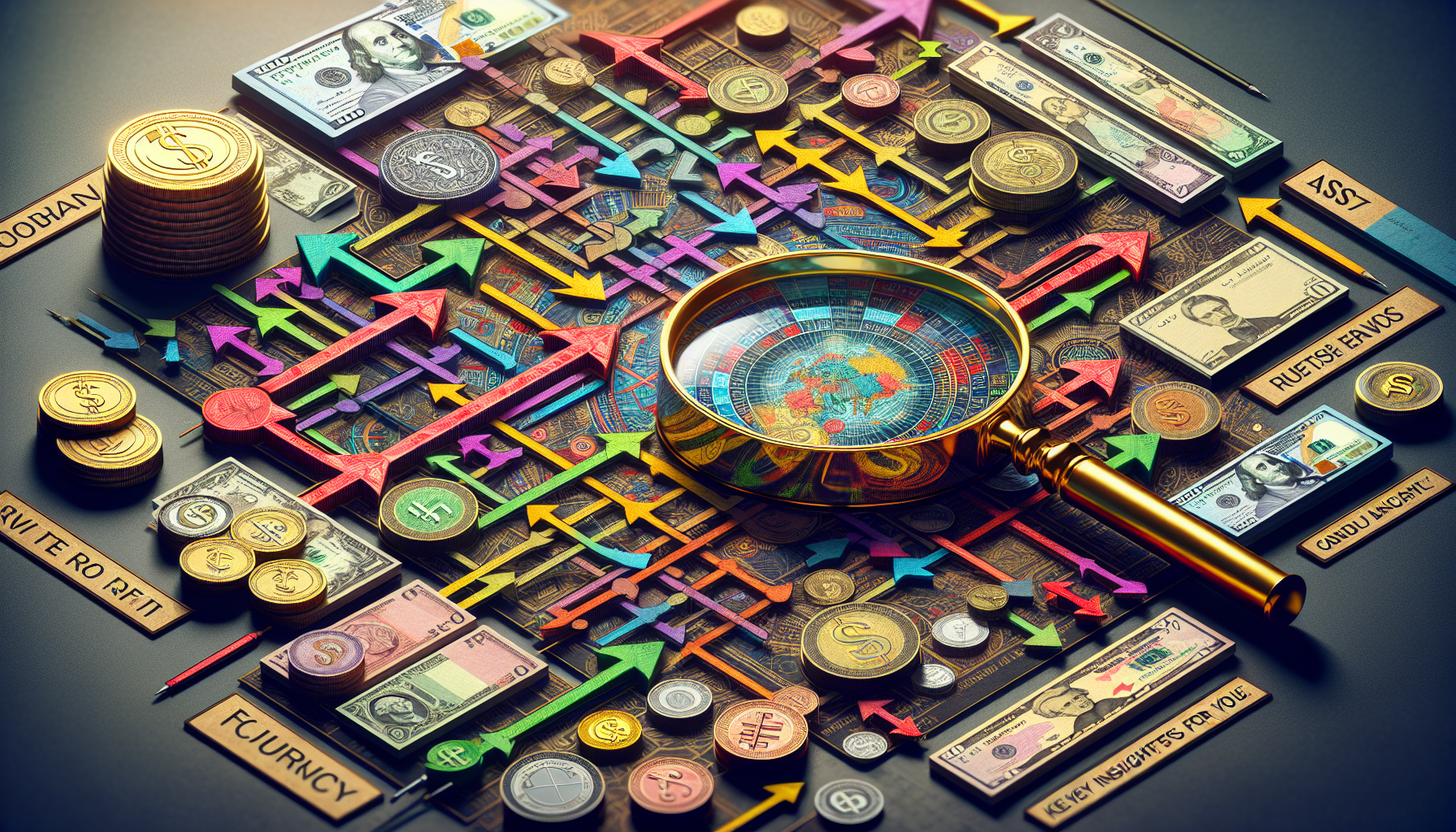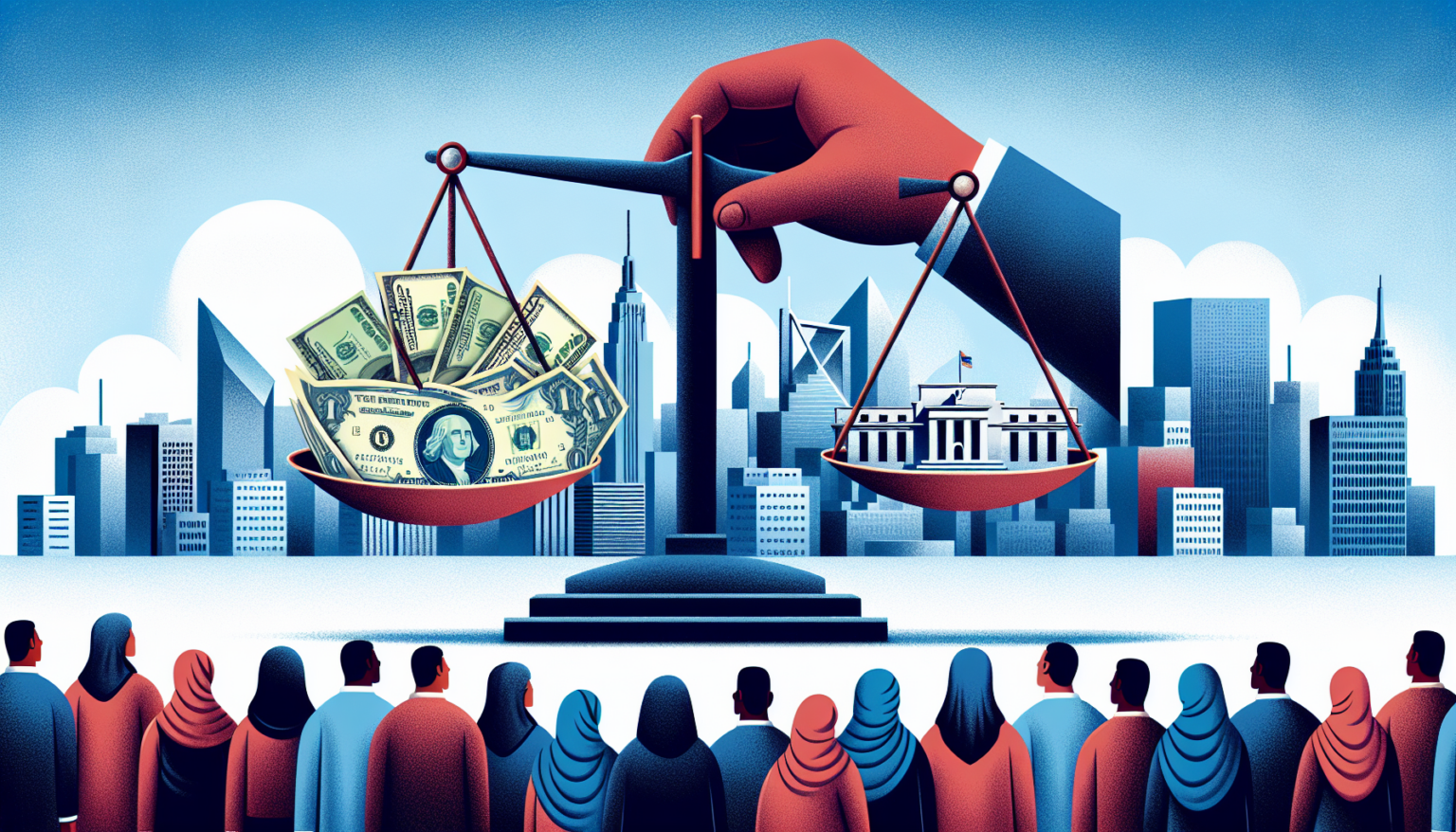Understanding Inflation: A Comprehensive Guide to Its Impacts and Implications
Inflation is a term that often pops up in economic discussions, but what does it really mean? In this blog post, we will explore what inflation is, its causes, its effects on the economy and everyday life, and ways to protect yourself from its impacts.
What is Inflation?
Inflation refers to the rate at which the general level of prices for goods and services rises, leading to a decrease in purchasing power. As inflation rises, each unit of currency buys fewer goods and services. This phenomenon can be measured using various indices, including the Consumer Price Index (CPI) and the Producer Price Index (PPI).
Key Definitions:
- Consumer Price Index (CPI): A statistic that measures the average change over time in prices paid by consumers for a basket of goods and services.
- Producer Price Index (PPI): An index that measures the average change over time in the selling prices received by domestic producers for their output.
According to recent data from the Bureau of Labor Statistics (BLS), the annual inflation rate in the United States reached 4.2% in October 2023, signaling potential long-term economic implications.
Causes of Inflation
Inflation can stem from several sources, often classified into two main categories: demand-pull inflation and cost-push inflation.
1. Demand-Pull Inflation
This occurs when the demand for goods and services exceeds their supply. Several factors can lead to increased demand:
- Rising consumer confidence
- Increased government spending
- Low-interest rates facilitating borrowing
2. Cost-Push Inflation
This type of inflation happens when the costs of production increase, causing producers to raise prices to maintain profit margins. Key drivers include:
- Increased raw material costs
- Supply chain disruptions
- Wage increases due to labor shortages
Effects of Inflation
A. Economic Impact
Inflation affects the economy in numerous ways:
- Purchasing Power: As prices rise, the purchasing power of consumers decreases. This means that what $100 could buy a decade ago may only be worth $80 today.
- Interest Rates: Central banks may increase interest rates to combat high inflation. This, in turn, affects borrowing costs for individuals and businesses.
B. Everyday Life
Inflation can have direct impacts on our daily lives, including:
- Increased Cost of Living: Essentials such as groceries, fuel, and healthcare can become more expensive.
- Savings Erosion: If inflation outpaces the interest earned on savings accounts, the real value of savings diminishes over time.
Protecting Yourself from Inflation
1. Invest in Assets
Investing in assets like real estate or stocks can provide a hedge against inflation, as these assets often appreciate over time.
2. Consider Inflation-Protected Securities
Treasury Inflation-Protected Securities (TIPS) are government bonds designed to protect investors from inflation, adjusting the principal value based on changes in the CPI.
3. Diversify Your Portfolio
A diversified investment portfolio can help mitigate risks associated with inflation. Not all asset classes react the same way to economic conditions.
4. Review Financial Plans Regularly
Stay informed about economic changes and regularly review your financial plan to ensure that it aligns with your inflation expectations.
Conclusion
Inflation is more than just a number; it has tangible effects on our wallets and the broader economy. Understanding its causes and effects can empower individuals to make informed financial decisions. As inflation rates fluctuate, staying educated and proactive can help you navigate the economic landscape effectively.
Tags: #Inflation #Economics #FinancialLiteracy #CostOfLiving #Investing
Categories: Economics, Personal Finance, Investment Strategies
Call to Action (CTA): Have questions about managing your finances in an inflationary environment? Leave a comment below, and let's discuss how to safeguard your financial future!
